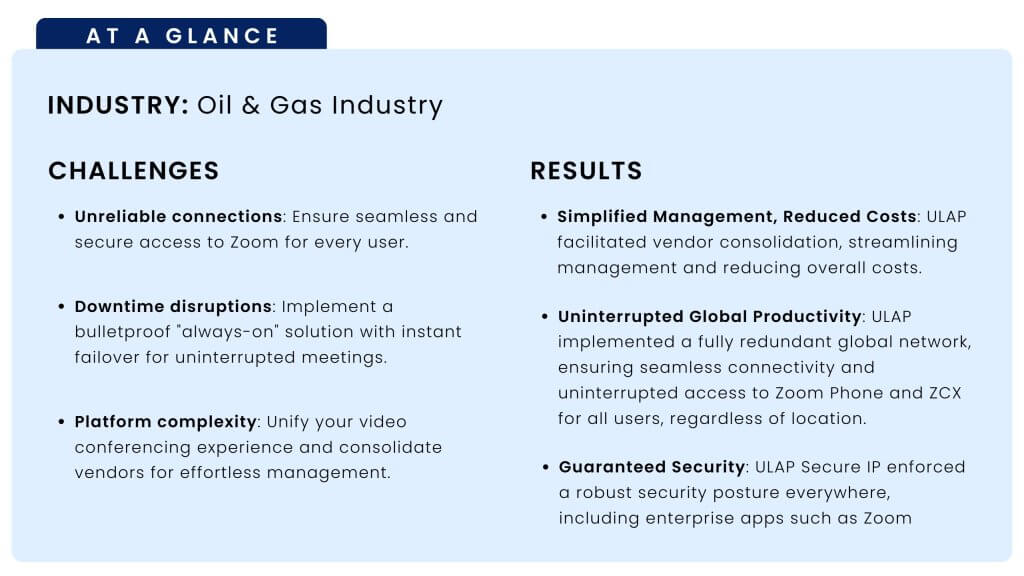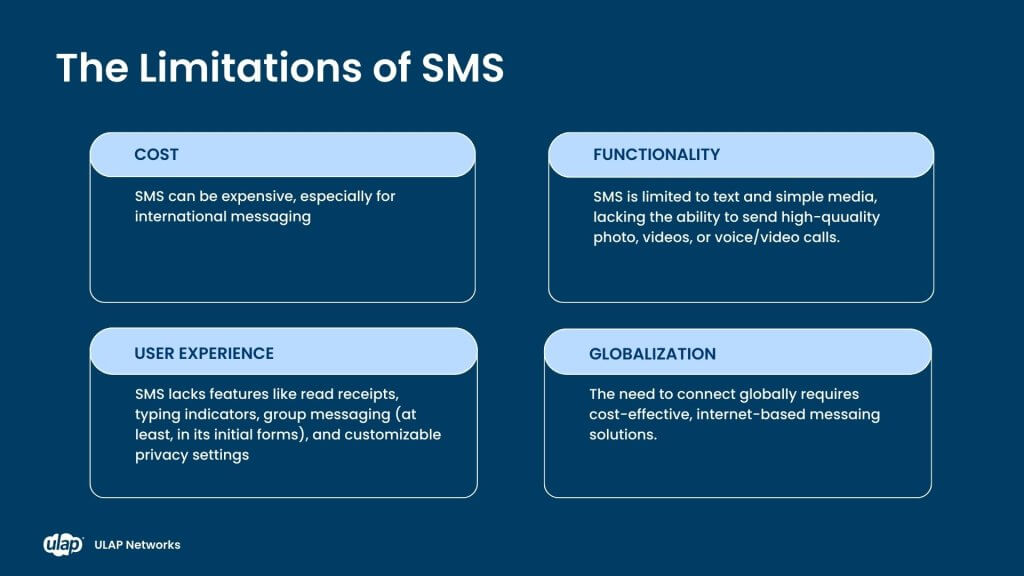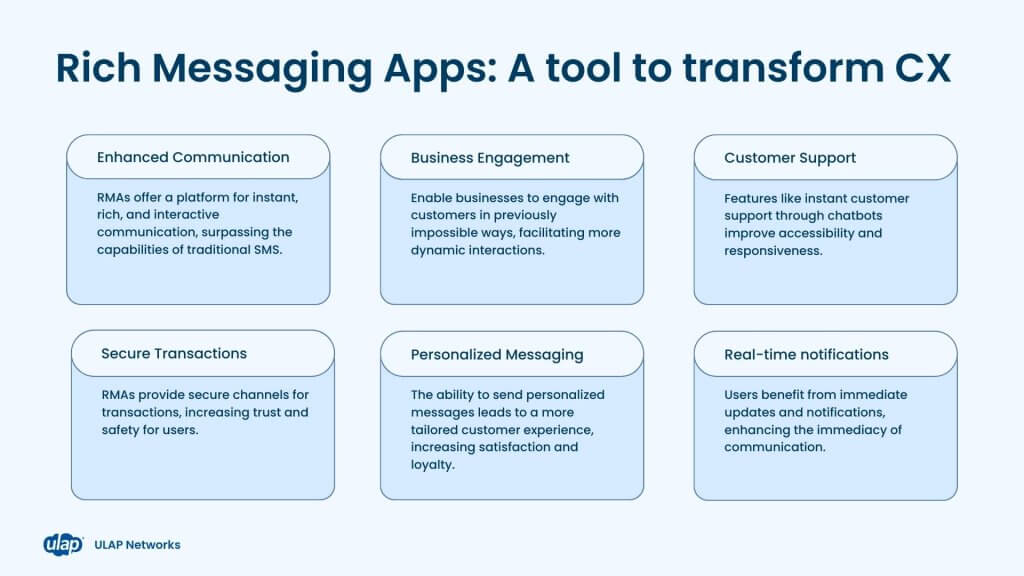“It is not the strongest that survives; but the species that survives is the one that is able best to adapt and adjust to the changing environment in which it finds itself.”
Charles Darwin, “Origin of the Species”.
As 2024 begins, all of us can take inspiration from Darwin’s observation. In this era of hyper-change, if we skilfully adapt, we have a good chance of thriving – and enjoying the process. After all, collectively, we face the most dramatic and consequential changes in human history (economic uncertainty, AI, war, political upheaval, and climate change). Darwin’s “changing environment” is clocking at a pace like no other. Despite everything, some industries and technologies, like cloud-native business communication platforms (or cloud communications platforms) for instance, steadily continue to adapt and evolve.
AI and ChatGPT appeared all of a sudden, or so it seemed. But in fact, AI has been evolving for decades out of the mass consumers’ spotlight. Then it arrived; a powerful technology like no other. Our first seemingly self-aware companion, offering up answers tirelessly in response to our endless queries. And beyond the hype cycles and buzz about AI, businesses worldwide will continue to focus its impact on three crucial areas of their digital communications deployments. Those are bolstering security, ensuring regulatory compliance, and delivering a seamless customer experience (CX).
These three areas are not just individual goals but intertwined elements that will collectively shape the future of cloud-native communications platforms.
Security: The Unwavering Pillar of Cloud Communications
In the era of rampant cyber threats, security remains a top priority for cloud communications providers and adopters. This coincides with the rise of remote and hybrid work, which have increased security threat levels significantly.
According to a report by Cybersecurity Ventures, cybercrime damages are projected to cost the world $9.5 trillion annually by 2025, making security risks an existential threat to businesses and organizations. And, with the widespread use of multi-channel communications and its high volume of video, voice, text, and whiteboard communications, digital cloud systems must address its relative challenges.
Cloud communications solutions will continue to incorporate advanced security tools like end-to-end encryption, multi-factor authentication, and AI-powered threat detection systems. AI – powered by machine learning (ML) and natural language processing – are becoming a critical part of advancing and improving security, and compliance platforms, according to an article in UC Today.
Below are some of the ways innovative platforms are elevating security:
- Data Encryption: Optimizing encryption methods with AI based on the type of data and its usage patterns, and automating the complex process without manual intervention or performance compromise.
- Data Loss Prevention (DLP): Utilize machine learning to predict potential data breach scenarios by analyzing patterns in data usage and access.
- User Access Controls: Advanced systems can use AI to analyze user behaviour to identify deviations from normal patterns, enhancing security by detecting potential threats or compromised accounts.
The UC Today article also mentions quantum cryptography as a valuable emerging technology, as it introduces the most sophisticated encryption to date, safeguarding data transmissions against advanced threats.
Compliance: Steering Through Regulatory Landscapes
Compliance with regulatory standards such as GDPR, HIPAA, and various national privacy laws is a significant challenge for cloud communications providers.
Consider the $1.8 billion (US) fines against Wall Street firms in 2022 for failure to abide by compliance regulations. The trend continued in September 2023 when the U.S. Security Exchange Commission (SEC) fined five broker-dealers $79 million for “failures to maintain and preserve electronic communications in violation of federal laws.”
As these regulations evolve, and they evolve quickly and constantly, cloud communications providers must adapt and even future-proof compliance to avoid penalties and maintain customer trust.
Here’s how cloud communications platforms are enhancing their compliance tools with AI, machine learning and automation:
- Archiving and Record-Keeping: Classify and index records with AI, and using the same system for quick retrieval based on AI assistants.
- Compliance with Regulations: Training AI systems to update to the latest regulatory changes and automatically adjust as needed. Teams can also utilize machine learning for ongoing risk assessments and ensure the compliance standards of data handling.
- Audit Trails: Utilize machine learning to sift through vast amounts of log data to identify patterns, anomalies and other signs of potential issues.
RingCentral, Cisco Webex, Zoom, NICE, Microsoft Teams, CallCabinet and other firms are a few of the many companies that are integrating advanced compliance tools into their platforms.
Seamless CX: The Holy Grail
The quality of customer experience is a measure of how well a company embraces agile processes. One that deftly adapts to unexpected events – such as the pandemic – will thrive. Consider the pandemic. A Deloitte report indicates that with customers in the pandemic lockdown, omnichannel communications suddenly became the de facto method to enhance customer loyalty, even as restrictions have lifted. Customers demanded it. They want brands to deliver a consistent, positive experience at every touchpoint. Technology solutions need to align with customer values and anticipate their needs.
AI tools have already begun to improve CX on cloud communications platforms. For example, with AI, speech analytics assesses emotional intent, leading to more personalized and effective service. Leading technology and analytics vendors that provide AI solutions to help companies improve and transform customer engagement and experience include:
- Salesforce – Salesforce offers Einstein AI capabilities across its platforms.
- Adobe – The Adobe Experience Cloud integrates Adobe Sensei AI engines for capabilities like automated customer journey mapping, and predictive analytics.
- SAP – SAP C/4HANA is SAP’s suite of customer experience solutions leveraging machine learning.
- Microsoft – Microsoft Dynamics 365 AI uncovers customer insights that help sales, marketing and service teams better align with customer needs.
- Verint – Verint offers AI-infused omnichannel customer engagement including areas like journey orchestration, contact centre intelligence, automated quality management and advanced text and speech analytics.
The future looks bright with AI. It can enhance and transform CX by understanding language, analyzing unstructured data like customer feedback, recommending relevant offers or information, and even conducting increasingly natural conversations.
The push for advanced personalization experiences opens up new disciplines in data and lifecycle management. Within a decade, AI bots could be so powerful that they will help guide a customer through even considerably nuanced dilemmas that require unique solutions.
Conclusion: Bit by Bit, Things Get Better. Not in Leaps.
Cloud communications platforms and solutions will continue improving incrementally, driven by customer demand, technological innovation, and an ever-demanding customer.
As we navigate through 2024, the cloud communications landscape is being reshaped by the collective forces of security, compliance, and seamless CX and enhanced by careful and practical AI innovation.
These are not standalone goals but interdependent objectives that must be pursued together for businesses to thrive in the dynamic cloud communications market. As these technologies evolve, they hold the promise of transforming not just communication strategies but the very fabric of customer and business interactions.










